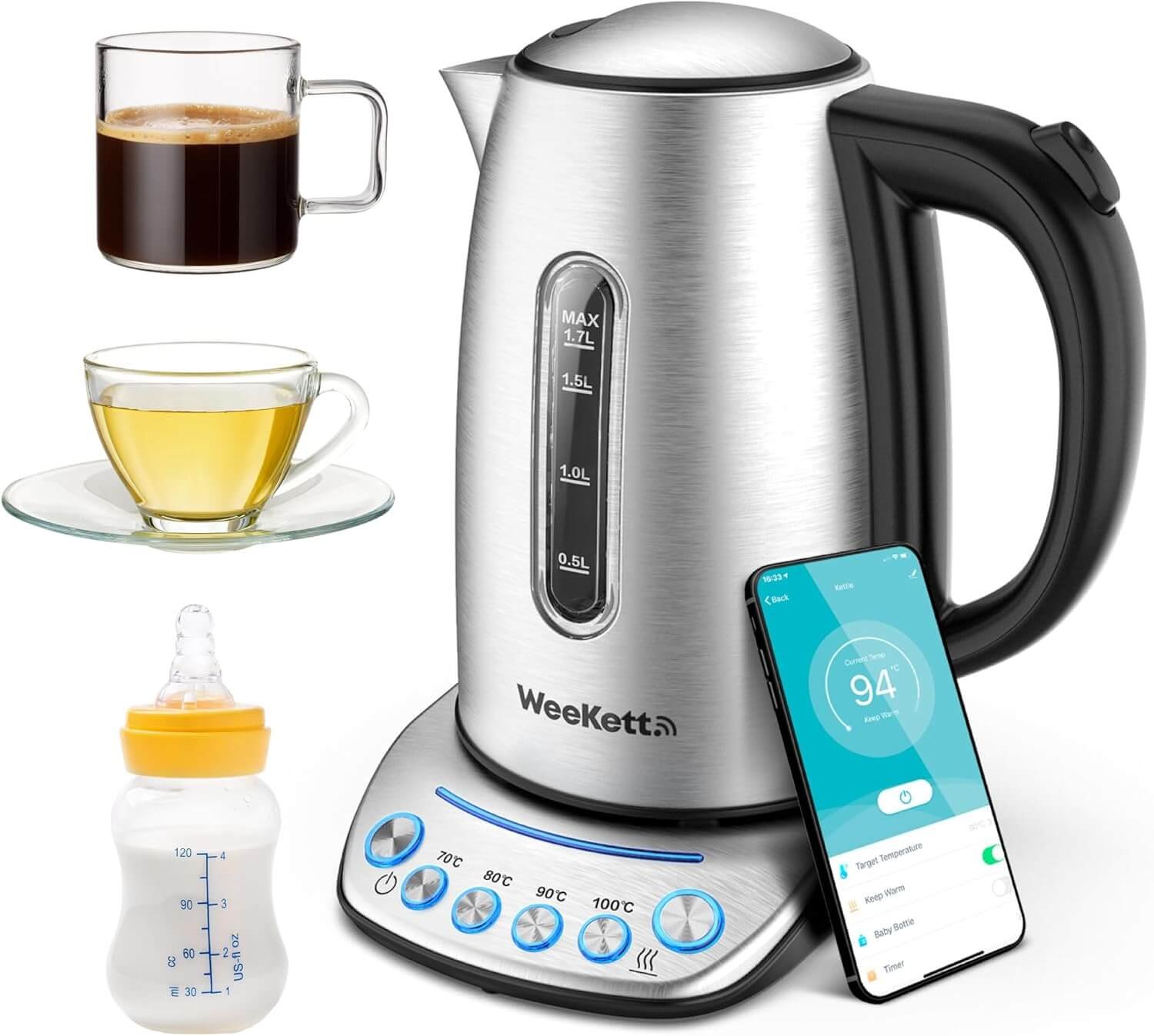Introduction to Pulse Oximeters
A fingertip pulse oximeter is a compact, non-invasive device designed to measure essential physiological parameters, specifically blood oxygen saturation levels (SpO2) and heart rate. These devices have gained considerable popularity in recent years due to their ability to provide immediate and accurate readings, making them a valuable tool for both medical professionals and individuals monitoring their health at home.
The primary function of a pulse oximeter involves using light absorption technology to evaluate the color of the blood, which varies depending on its oxygen content. When placed on a fingertip or earlobe, the device emits light wavelengths that ascertain the percentage of saturated hemoglobin in the blood. Generally, a healthy SpO2 level ranges from 95% to 100%, while lower readings could indicate respiratory complications or other health concerns.
In particular, fingertip pulse oximeters are beneficial for individuals with respiratory conditions such as asthma or chronic obstructive pulmonary disease (COPD). For these patients, consistent monitoring of oxygen saturation levels is crucial to managing their health effectively. Moreover, fitness enthusiasts and athletes can utilize these devices to track their heart rates during workouts, enhancing performance monitoring and recovery strategies.
With advancements in technology, pulse oximeters have become more accessible and user-friendly, offering features like Bluetooth connectivity for real-time data tracking and smartphone integration. Consequently, individuals are increasingly turning to fingertip pulse oximeters as reliable tools for health management, enabling them to gain insights into their well-being and make informed decisions about their lifestyle and medical care.
Key Features of the Device
The fingertip pulse oximeter blood oxygen saturation monitor is a vital tool for measuring blood oxygen levels and heart rate with accuracy and ease. One of its standout features is the OLED screen, which provides clear and vivid readings. This technology ensures that the display is easily readable even in varying lighting conditions, allowing users to quickly interpret their blood oxygen saturation levels. The high-definition display typically showcases both the oxygen saturation percentage and the pulse rate, making it convenient for users to monitor their health at a glance.
In addition to the impressive OLED screen, the fingertip pulse oximeter is designed with portability in mind. It often comes with a lanyard, enabling users to keep the device securely attached to their person. This feature is particularly beneficial for individuals who need to monitor their oxygen levels while on the go, such as athletes or those with respiratory conditions. The lanyard facilitates easy access to the monitor, ensuring that users do not have to fumble through bags or pockets when they need to check their readings.
Moreover, the inclusion of 2 x AAA batteries enhances the convenience of this device. This means that users can start utilizing the fingertip pulse oximeter blood oxygen saturation monitor right out of the box, without the need for additional purchases. The device is energy-efficient, often allowing users to conduct numerous measurements before needing to replace the batteries. Such features underscore the user-friendly nature of the fingertip pulse oximeter, making it an excellent choice for anybody interested in monitoring their health efficiently and effectively.
Benefits of Using a Pulse Oximeter
A fingertip pulse oximeter blood oxygen saturation monitor serves as a valuable tool for assessing respiratory health and overall well-being. Regular use of this device can provide significant advantages, particularly for individuals with pre-existing health conditions or those engaged in physical activities. One of the primary benefits is its ability to monitor blood oxygen levels, which is crucial for detecting potential health issues early. For instance, patients with chronic respiratory diseases, such as chronic obstructive pulmonary disease (COPD) or asthma, can benefit immensely from tracking their oxygen saturation levels. By having real-time data, they can make informed decisions about medication use or seek medical attention when necessary.
In addition to health monitoring, a fingertip pulse oximeter can enhance fitness routines by allowing individuals to assess their workout effectiveness. Athletes and fitness enthusiasts often use this device to ensure they are maintaining optimal oxygen levels during exercise, which can improve performance and endurance. By understanding how their body responds to strenuous activity, individuals can adapt their training regimens according to their physiological responses, leading to more effective workouts and better overall fitness.
Moreover, the fingertip pulse oximeter provides valuable alerts regarding potential health concerns. For individuals with cardiac issues, monitoring blood oxygen saturation can help identify problems before they escalate into serious conditions. For example, a sudden drop in oxygen levels can signal a need for immediate medical assessment, potentially preventing critical complications. Real-life scenarios highlight the device’s versatility: a parent monitoring their child’s health at home or a hiker ensuring adequate oxygen during high-altitude trekking serve as reminders of the pulse oximeter’s practical applications. Overall, regular utilization of this device can assist in proactive health management, contributing to a healthier lifestyle.
How to Use a Fingertip Pulse Oximeter
Using a fingertip pulse oximeter blood oxygen saturation monitor is a straightforward process, allowing for quick and reliable readings of your blood oxygen levels. To ensure accurate results, it is crucial to follow a few essential steps during the usage of this device.
First, prepare the fingertip pulse oximeter for use by ensuring it is clean and charged if necessary. Remove any nail polish or artificial nails from the finger you intend to use, as these can interfere with the sensor’s ability to read your oxygen levels accurately. It is also advisable to ensure that your hands are warm, as cold fingers may limit blood flow and yield inaccurate measurements.
Next, position the device correctly on your fingertip. Open the oximeter and gently place it over your fingertip, ideally on your index or middle finger. Ensure that your finger fits snugly within the device but is not overly tight, as this can restrict blood flow and skew results. The sensor should cover the distal segment of your finger, as this is where the readings are most accurate.
After the device is in place, remain still and avoid moving your hand or finger while the reading is taken. Most fingertip pulse oximeters will take a few moments to provide a reading. Monitor the display closely; a typical reading will yield an oxygen saturation level between 95% and 100%. If the blood oxygen saturation level falls below 90%, it may indicate a potential health issue, and further evaluation may be necessary.
In conclusion, using a fingertip pulse oximeter is a simple yet effective way to monitor your blood oxygen saturation levels. By following the steps outlined above, individuals can ensure they are obtaining accurate readings and keeping track of their respiratory health effectively.
Precautions and Limitations
The fingertip pulse oximeter blood oxygen saturation monitor serves as a valuable tool for assessing oxygen saturation levels in the blood. However, it is essential to recognize several precautions and limitations associated with its use. Firstly, environmental factors such as ambient light, motion, and temperature can lead to inaccuracies. For instance, bright sunlight or fluorescent lighting may interfere with the readings, while excessive movement during measurement can cause fluctuations in the results. Thus, individuals should ensure they are in a stable environment before using the device to obtain accurate readings.
Additionally, certain physiological conditions can affect the reliability of the readings. Patients with darker skin tones may experience variances in accuracy due to differences in hemoglobin levels or skin pigmentation. Furthermore, conditions such as peripheral vascular disease, hypothermia, or low blood flow can impair the pulse oximeter’s ability to capture precise data. It is vital for users to be aware of these factors, as they can lead to misleading results.
In situations where a pulse oximeter detects concerning low oxygen saturation levels, it is crucial to consult a healthcare provider immediately. The device should not be the sole basis for making medical decisions, as it functions best as a supplementary tool alongside professional assessment and diagnostic methods. Additionally, individuals with existing health conditions or those taking medications that affect oxygen levels should approach their pulse oximeter readings with particular caution.
Ultimately, understanding the limitations of a fingertip pulse oximeter blood oxygen saturation monitor helps users utilize it effectively and responsibly. By being mindful of the device’s capabilities and drawbacks, individuals can better interpret their oxygen levels and seek appropriate medical advice when necessary.
Who Should Consider Buying a Pulse Oximeter?
A fingertip pulse oximeter blood oxygen saturation monitor serves a critical function by helping various groups of individuals monitor their oxygen levels efficiently. This device is particularly beneficial for athletes who engage in high-altitude training or endurance sports. For these individuals, maintaining optimal blood oxygen saturation is crucial, as it can directly affect performance and recovery. Monitoring one’s oxygen levels with a pulse oximeter enables athletes to adjust their training regimens accordingly, optimizing their physical performance and enhancing their overall fitness.
Moreover, individuals diagnosed with chronic respiratory conditions, such as Chronic Obstructive Pulmonary Disease (COPD), asthma, or other lung diseases, may find that a fingertip pulse oximeter blood oxygen saturation monitor is an indispensable tool for daily health management. These patients often experience fluctuations in their blood oxygen levels, making consistent monitoring an integral part of their treatment plans. Having quick access to this data allows them to make informed decisions about when to seek medical attention or adjust their medications, ultimately contributing to better disease management and improved quality of life.
In addition to athletes and individuals with chronic health conditions, the general health-conscious public stands to benefit from the use of a fingertip pulse oximeter. As more people become proactive about their well-being, monitoring vital signs has gained popularity. This device enables users to keep track of their blood oxygen levels, providing insights that can help individuals understand their overall health better. By regularly checking their vital metrics, health enthusiasts can stay informed about their respiratory efficiency and take action if necessary.
Ultimately, as the importance of health tracking continues to rise, the fingertip pulse oximeter blood oxygen saturation monitor presents an accessible solution for a range of individuals, from athletes to those managing chronic illnesses and health-conscious individuals.
Comparing Different Models Available
In recent years, the fingertip pulse oximeter blood oxygen saturation monitor has gained remarkable popularity among health-conscious individuals and professionals alike. With a plethora of models available on the market, choosing the right one can be overwhelming. This section provides an overview of several models, highlighting their features, pricing, and user reviews.
One well-received option is the Wellue O2Ring Oximeter, which offers unique features such as continuous monitoring and a smart alarm for low oxygen levels. Users often commend its accuracy and comfort due to its ergonomic design. This model typically retails at a mid-range price point, making it accessible for personal use while also suitable for clinical settings.
Another noteworthy contender is the Innovo Deluxe iP900AP, which stands out for its vibrant display and ease of use. This fingertip pulse oximeter blood oxygen saturation monitor is equipped with a multi-directional display that appeals to users who prefer various viewing angles. Moreover, its robust battery life and fast readouts have garnered positive user feedback, though it tends to be priced slightly higher compared to other models.
For those on a budget, the Zacurate Pro Series 500DL provides essential functionalities at an affordable price. This model has a straightforward interface and provides quick oxygen saturation readings in a compact design. Many users appreciate its no-frills approach and reliability, making it a popular choice for home monitoring.
Overall, when comparing different models of fingertip pulse oximeters, it is essential to weigh features, user experiences, and budget considerations. By analyzing these factors, consumers can make an informed decision aligned with their specific health monitoring needs.
Where to Buy a Pulse Oximeter
When considering the acquisition of a fingertip pulse oximeter blood oxygen saturation monitor, potential buyers have a variety of purchasing avenues available. From local pharmacies to online marketplaces, each option presents unique benefits. Understanding where to buy this vital health device can influence both accessibility and reliability.
Many consumers opt to purchase pulse oximeters from local pharmacies or medical supply stores. These establishments typically stock a range of medical devices, including fingertip pulse oximeters. Shopping in person allows individuals to consult with trained staff who can offer guidance on which models best suit their needs. Furthermore, buying from a physical store often permits one to inspect the device’s quality and packaging, ensuring authenticity.
In recent years, online shopping has surged in popularity, providing convenience and a broader selection. Trusted platforms like Amazon, Walmart, and dedicated health equipment websites offer numerous models of fingertip pulse oximeters. When selecting an online retailer, it is crucial to prioritize those that have strong reputations and positive customer reviews. This acts as a safeguard against low-quality or counterfeit devices which may compromise accuracy. Look for sellers that provide detailed product descriptions, specifications, and customer feedback to aid in decision-making.
Additionally, verifying the authenticity of the pulse oximeter is vital. Check for certification marks, warranties, and return policies before finalizing the purchase. Many manufacturers will have authorized retailers listed on their websites, which can serve as a helpful resource for consumers seeking to ensure reliability. By being diligent in selecting a trusted point of purchase, one can confidently obtain a fingertip pulse oximeter blood oxygen saturation monitor that meets high standards for quality and performance.
Conclusion: Invest in Your Health
In today’s health-conscious world, monitoring our wellbeing is more important than ever. The fingertip pulse oximeter blood oxygen saturation monitor stands out as a crucial tool that empowers individuals to maintain optimal health. By regularly checking oxygen saturation levels, users can gain valuable insights into their respiratory function, which can be vital for individuals with pre-existing conditions or during high-altitude exposure.
The ease of use and non-invasiveness of fingertip pulse oximeters make them accessible for everyone. With just a simple clip on the finger, it provides rapid and accurate readings of blood oxygen levels and pulse rate, allowing for prompt responses to potential health issues. This level of personal health monitoring is a proactive approach that can significantly enhance awareness of one’s condition and prevent more severe complications in the future.
Additionally, investing in a fingertip pulse oximeter promotes peace of mind, especially for those who may experience symptoms of respiratory distress. Whether you are an athlete seeking to optimize your performance or someone managing chronic health conditions, this device offers a convenient way to track important health metrics. The portability and affordability of these monitors further encourage consistent use, thereby reinforcing the importance of self-care and personal health responsibility.
With all these benefits, it becomes clear that adopting the use of a fingertip pulse oximeter is a wise investment. By integrating this practical device into one’s health routine, individuals not only enhance their understanding of their physical state but also take proactive steps towards maintaining their health. Ultimately, your wellbeing is paramount, and having the right tools at your disposal can make all the difference in your health journey.

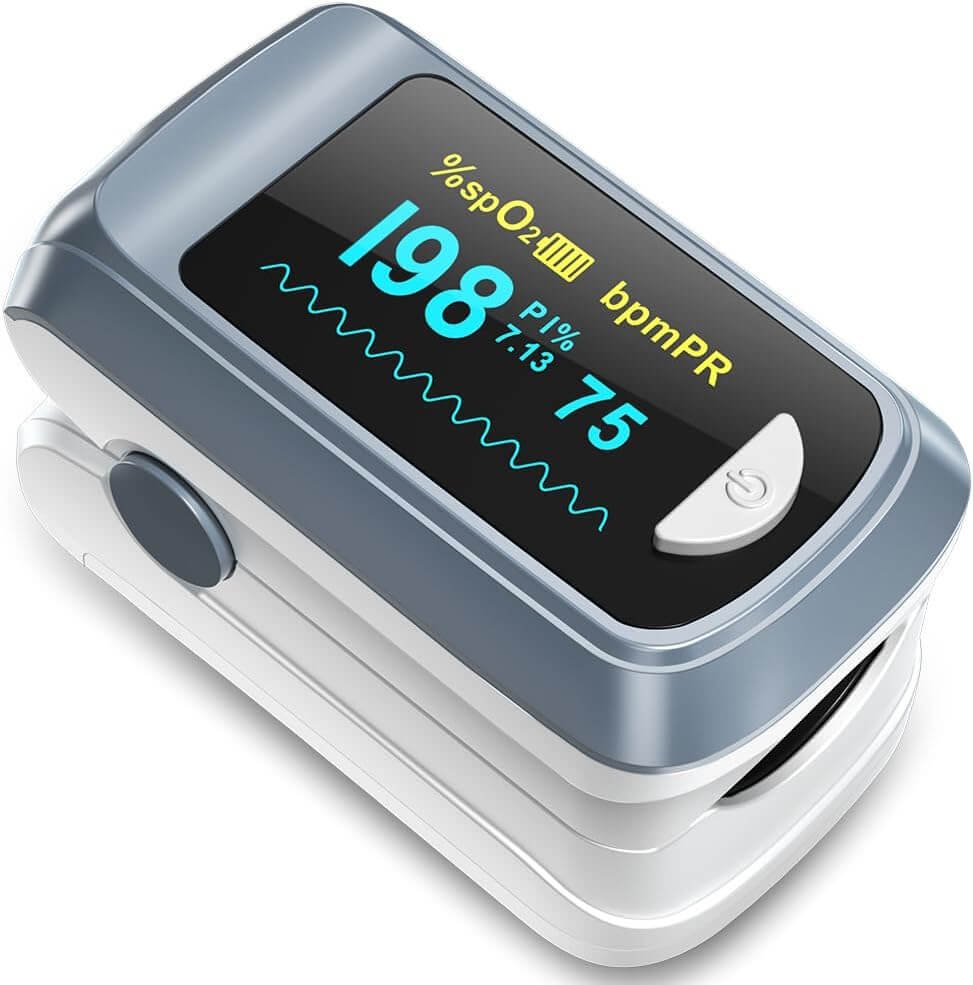







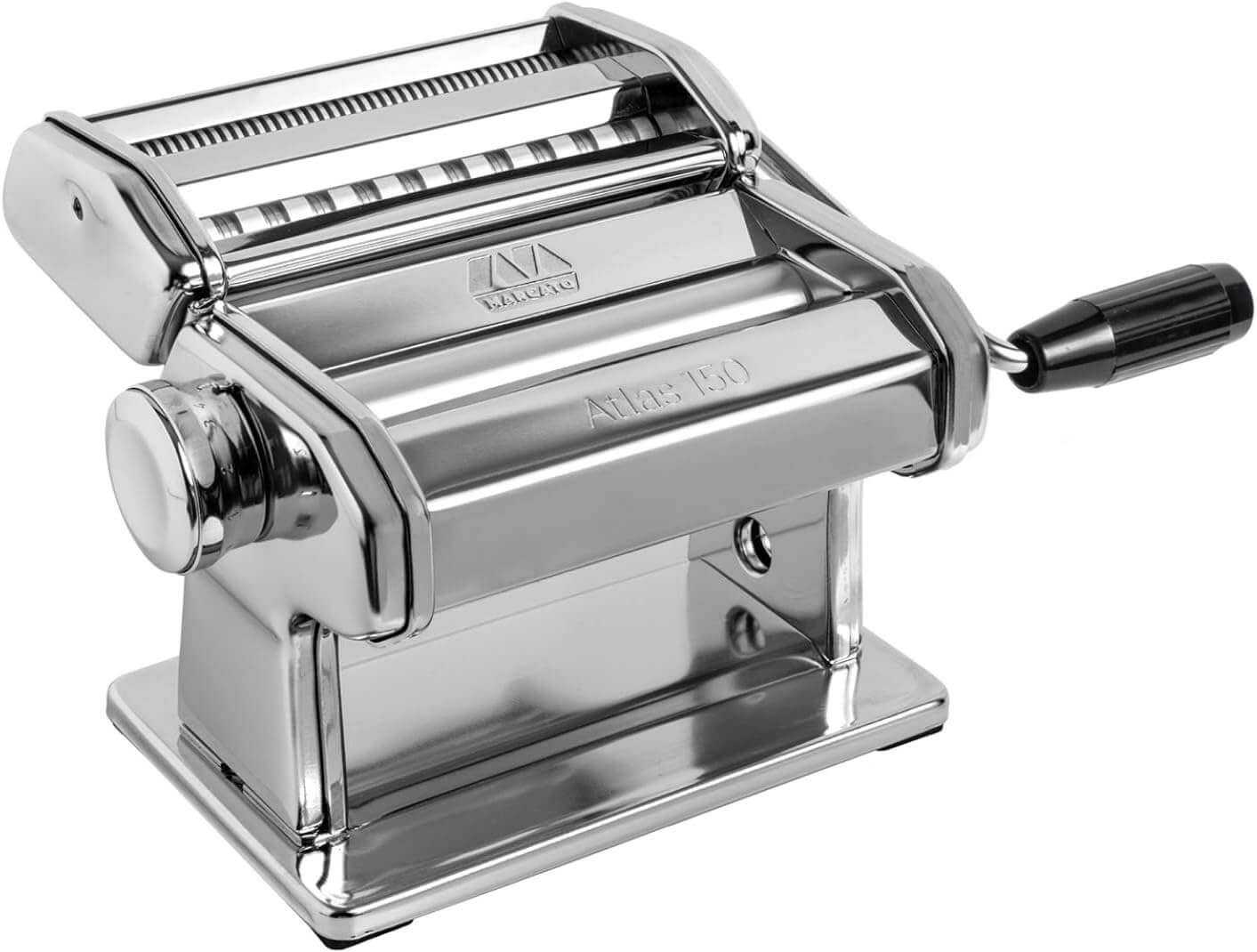
![Ninja Foodi MAX Dual Zone [AF400EU] Hot Air Fryer, 2 Large Frying Compartments, 6 Functions, 2 Independent Garzones, 9.5 Litres](https://zennh.com/wp-content/uploads/2025/08/Ninja-Foodi-MAX-Dual-Zone-AF400EU-Hot-Air-Fryer.jpg)
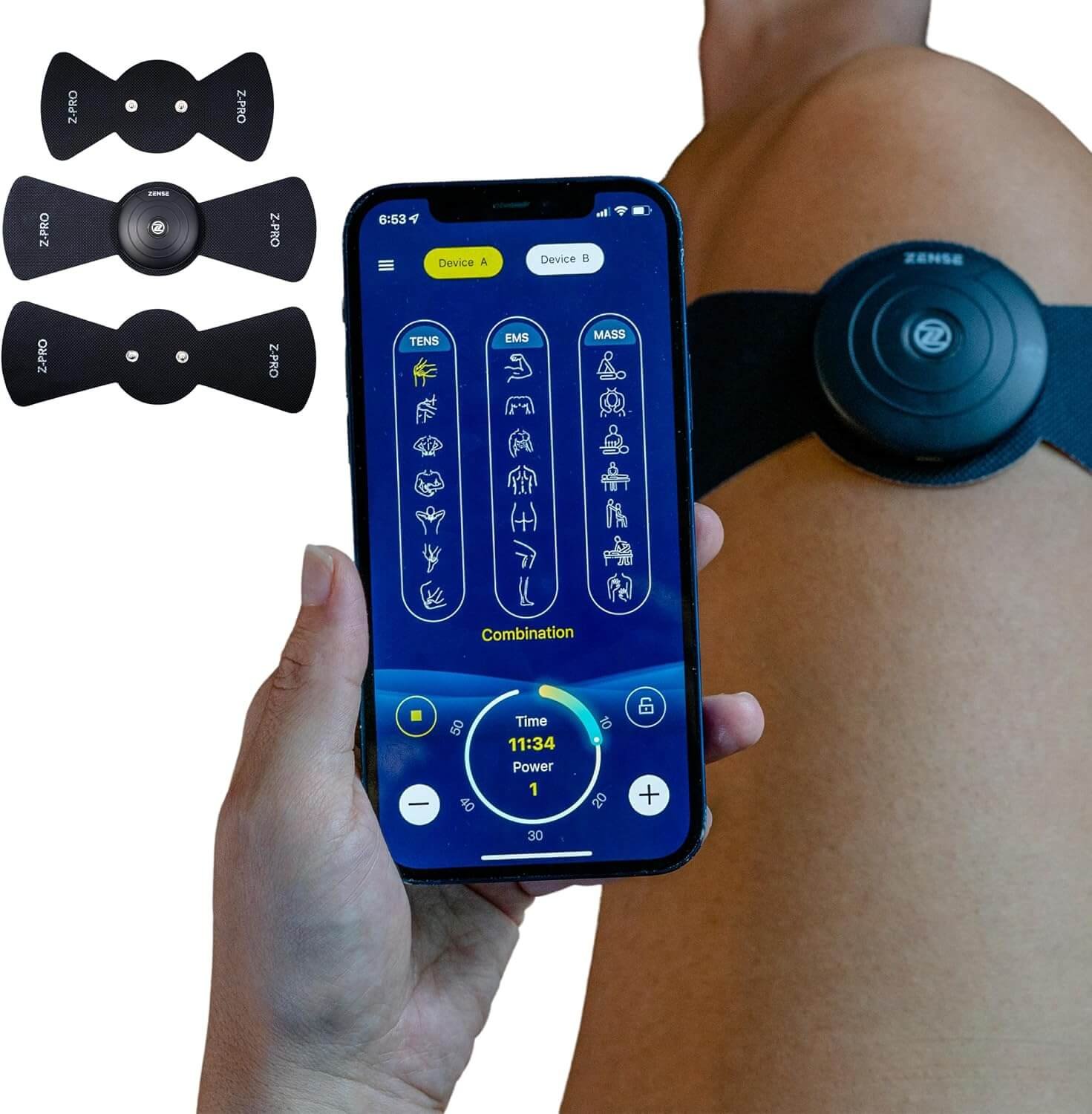


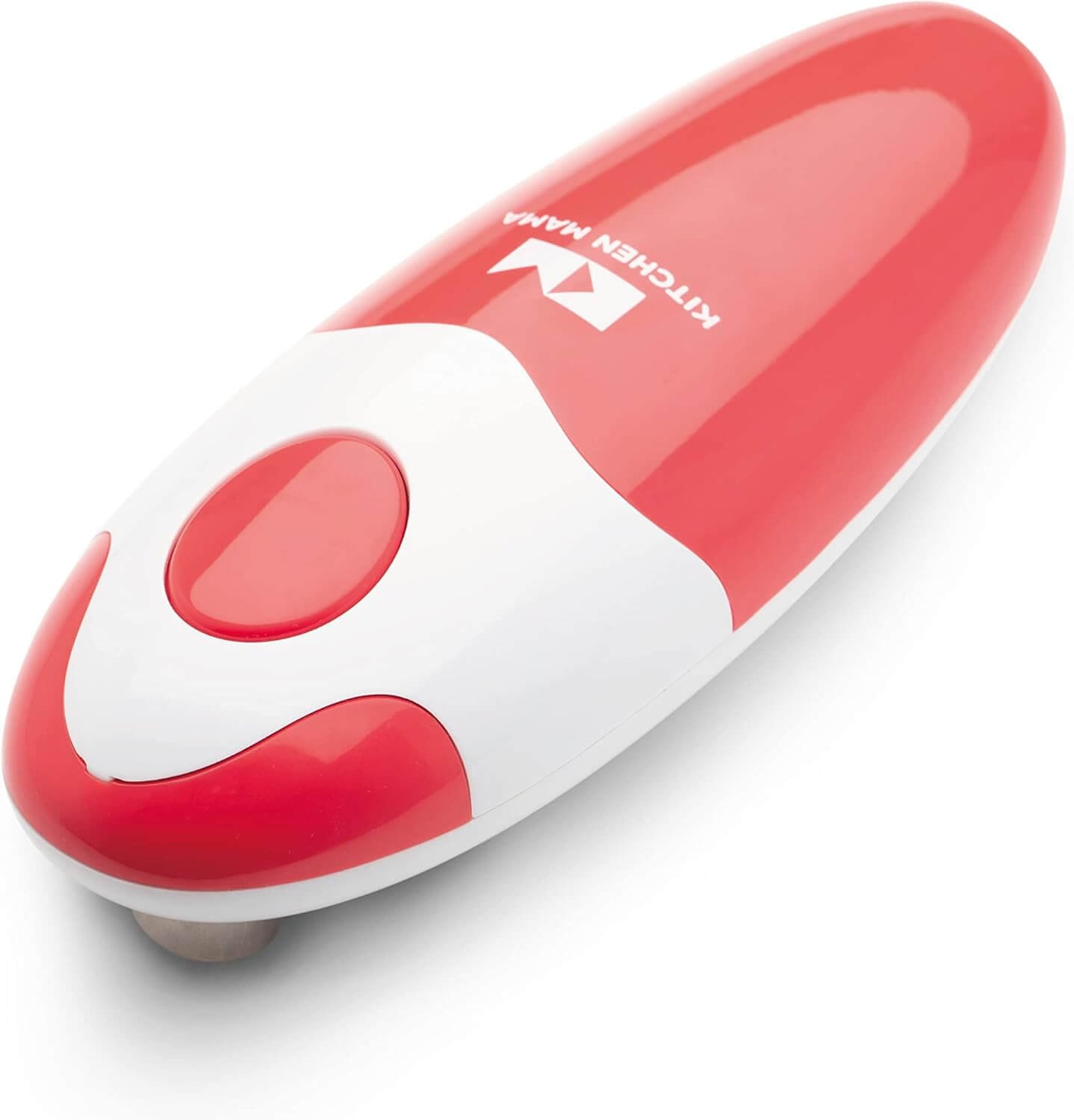


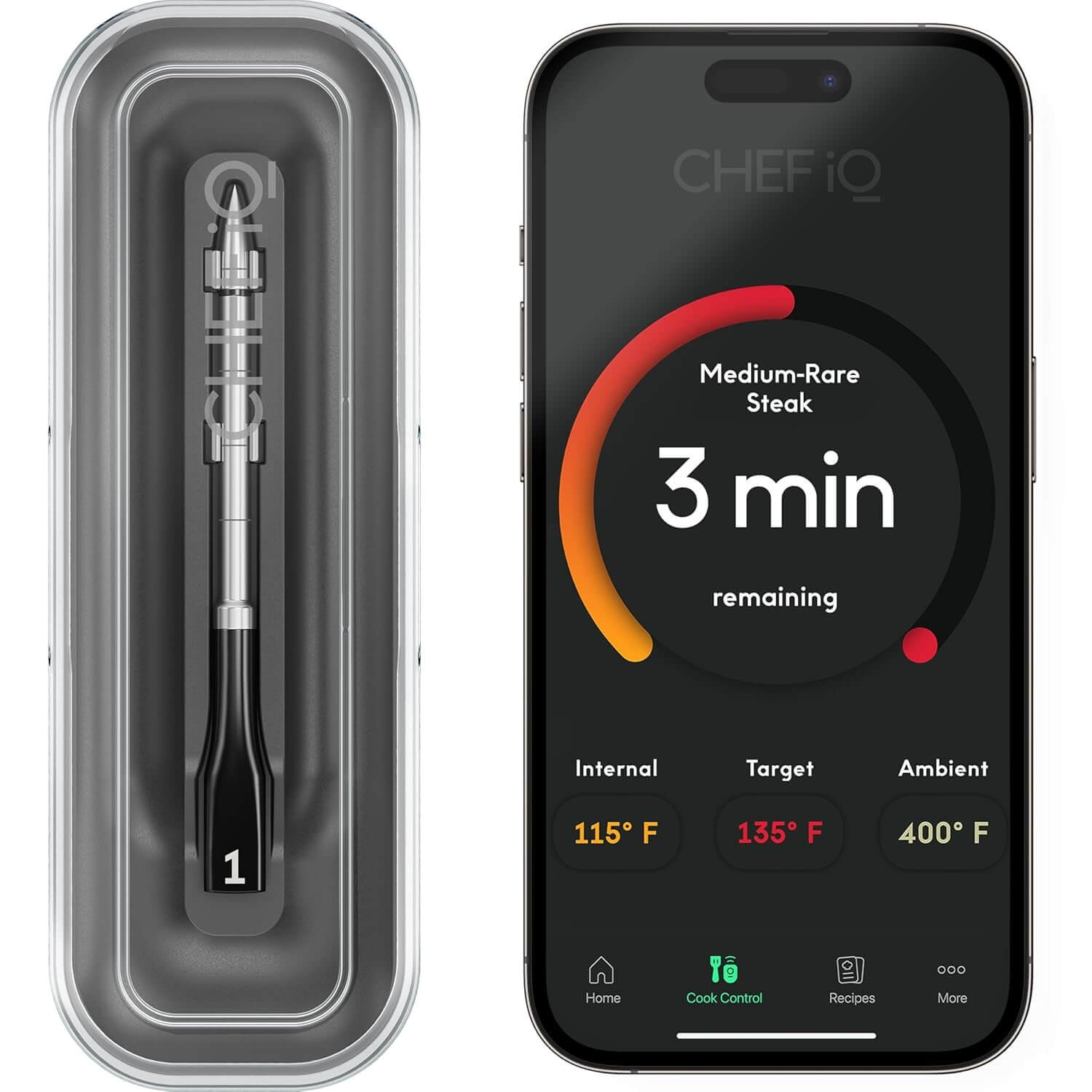

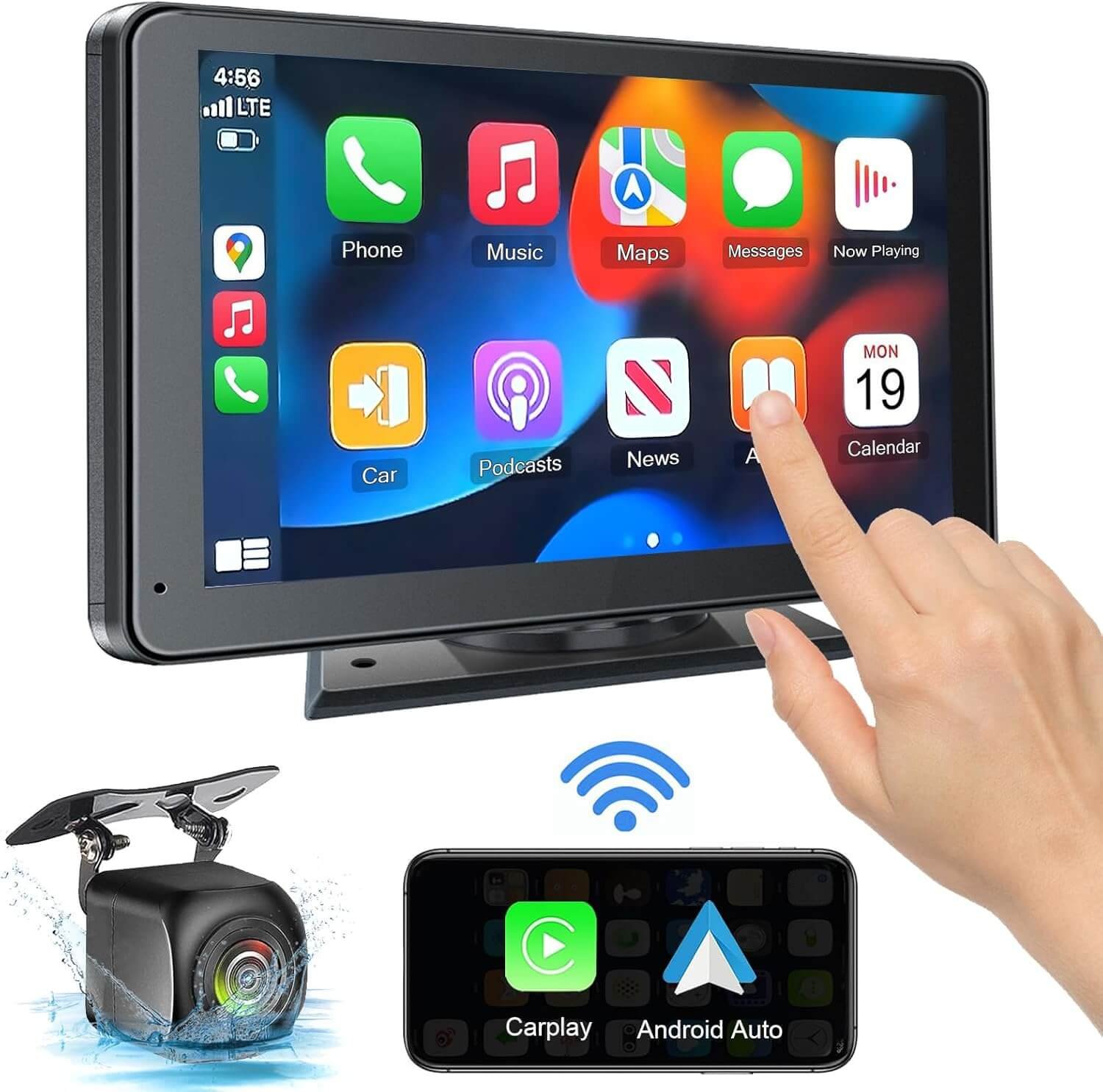



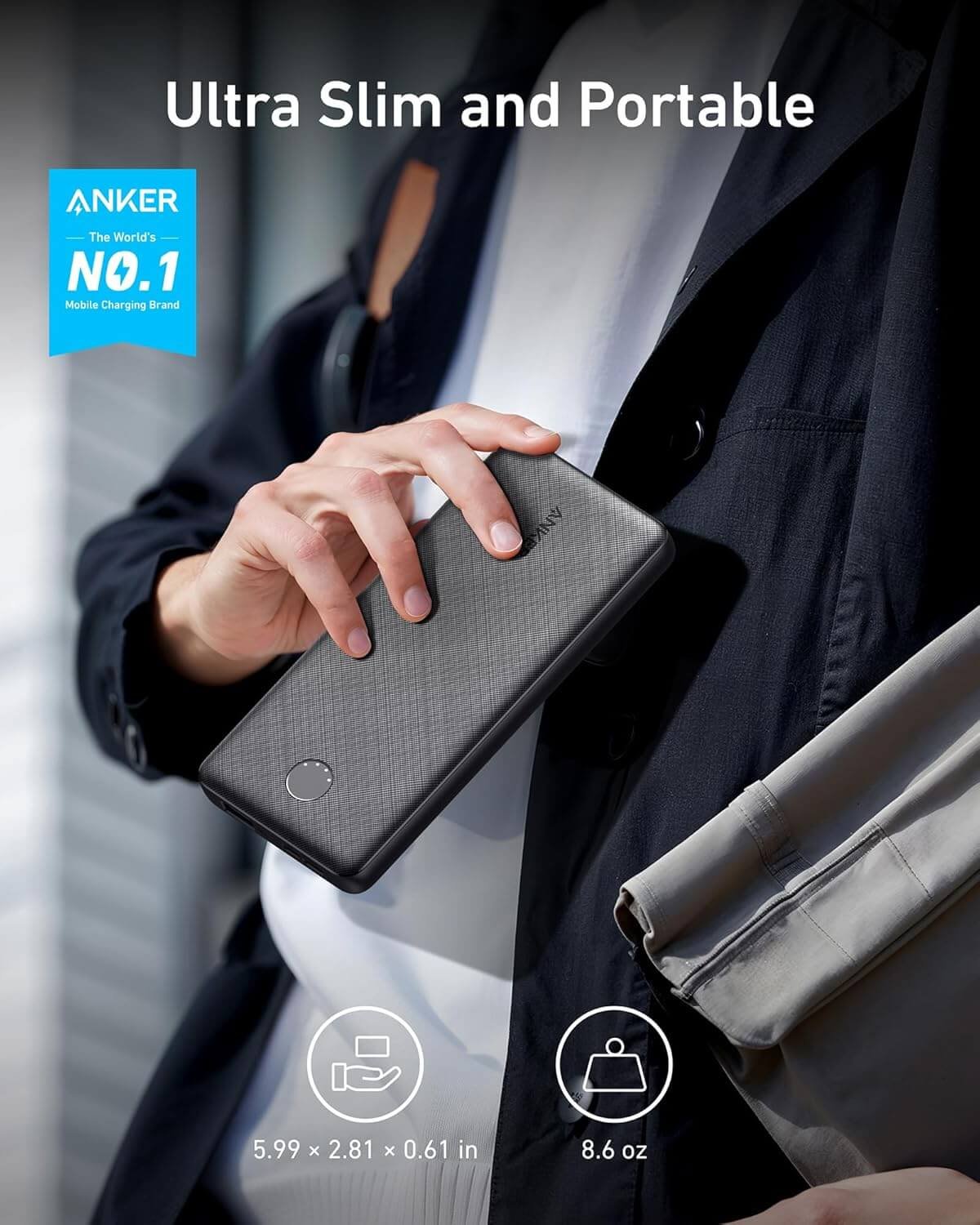

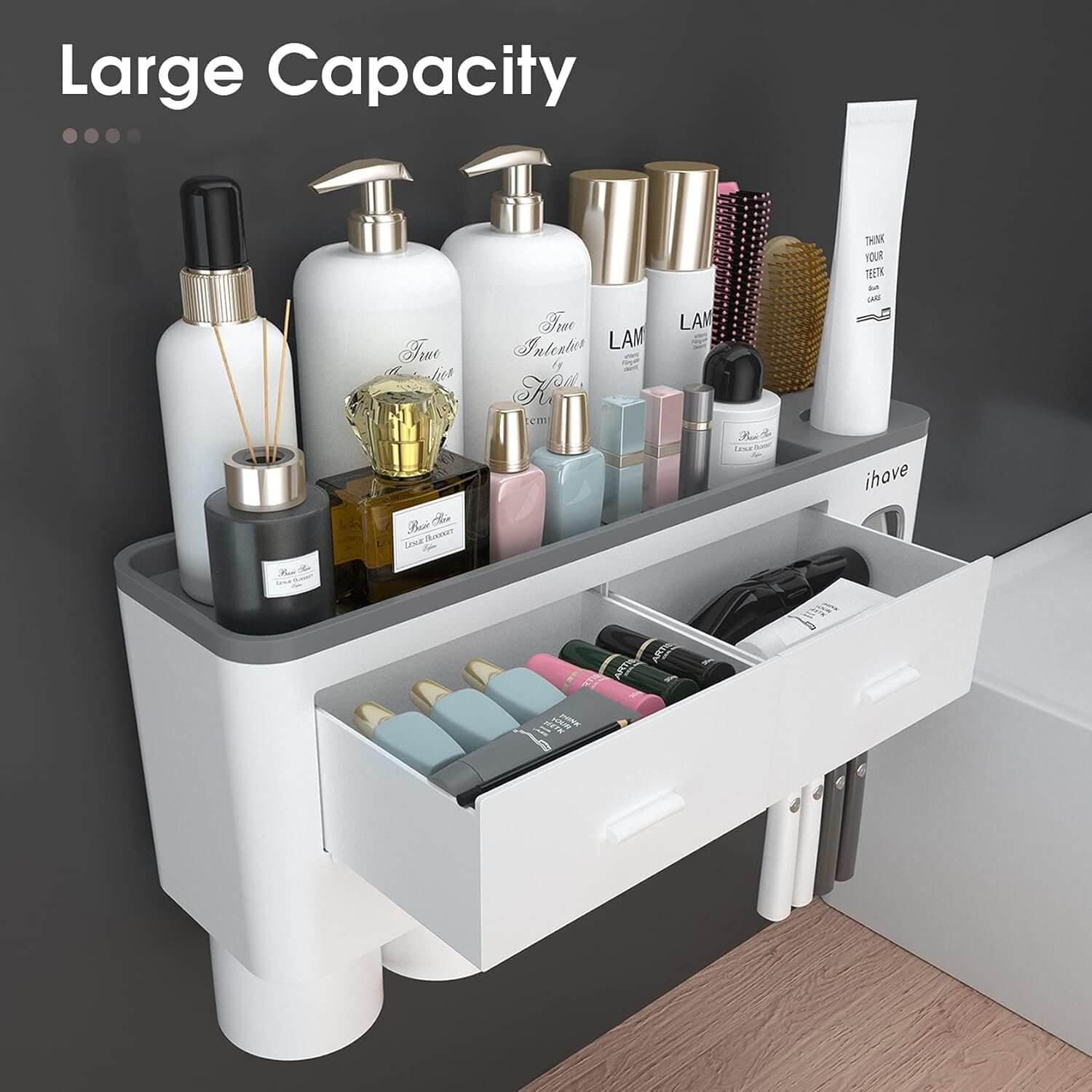
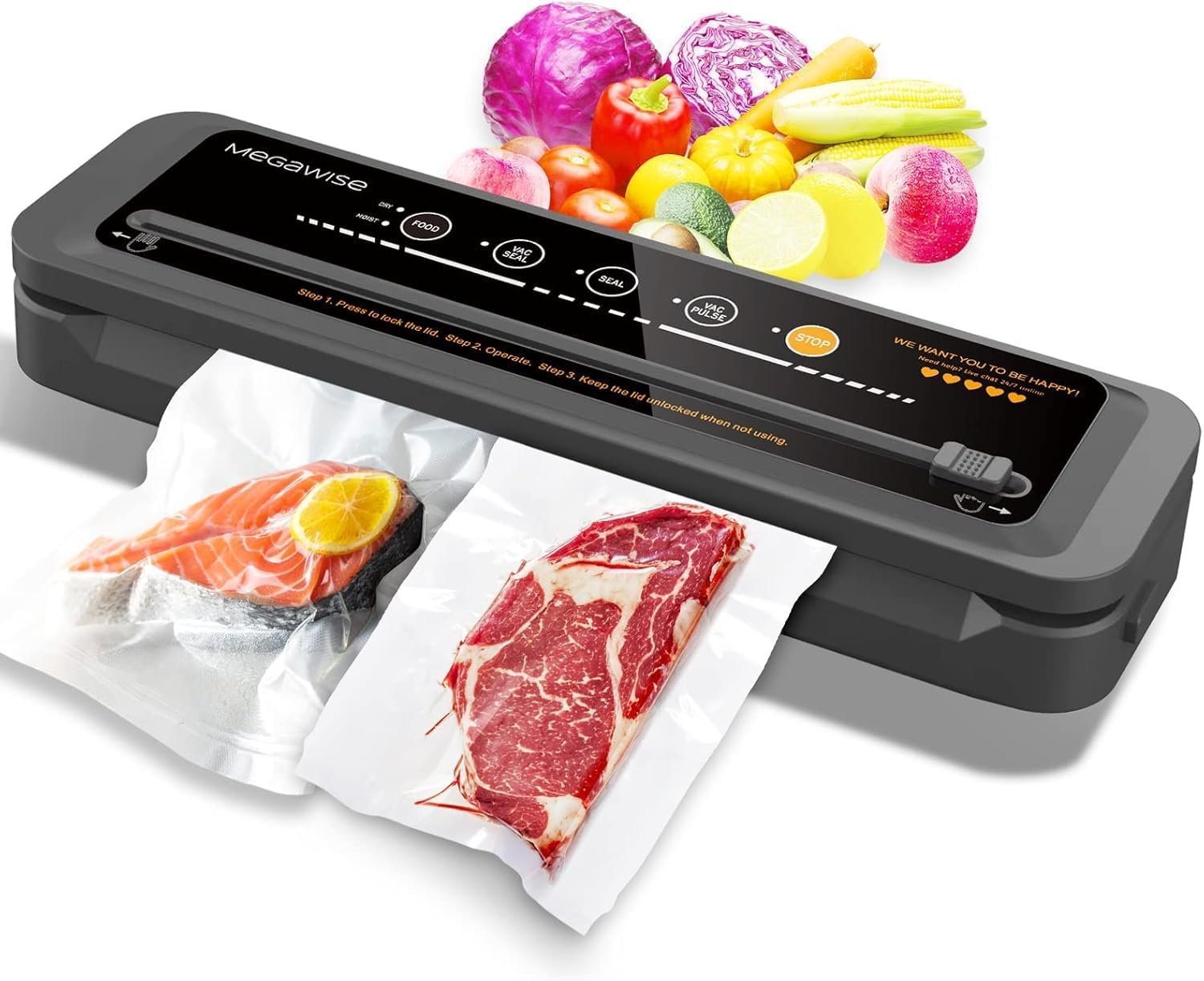

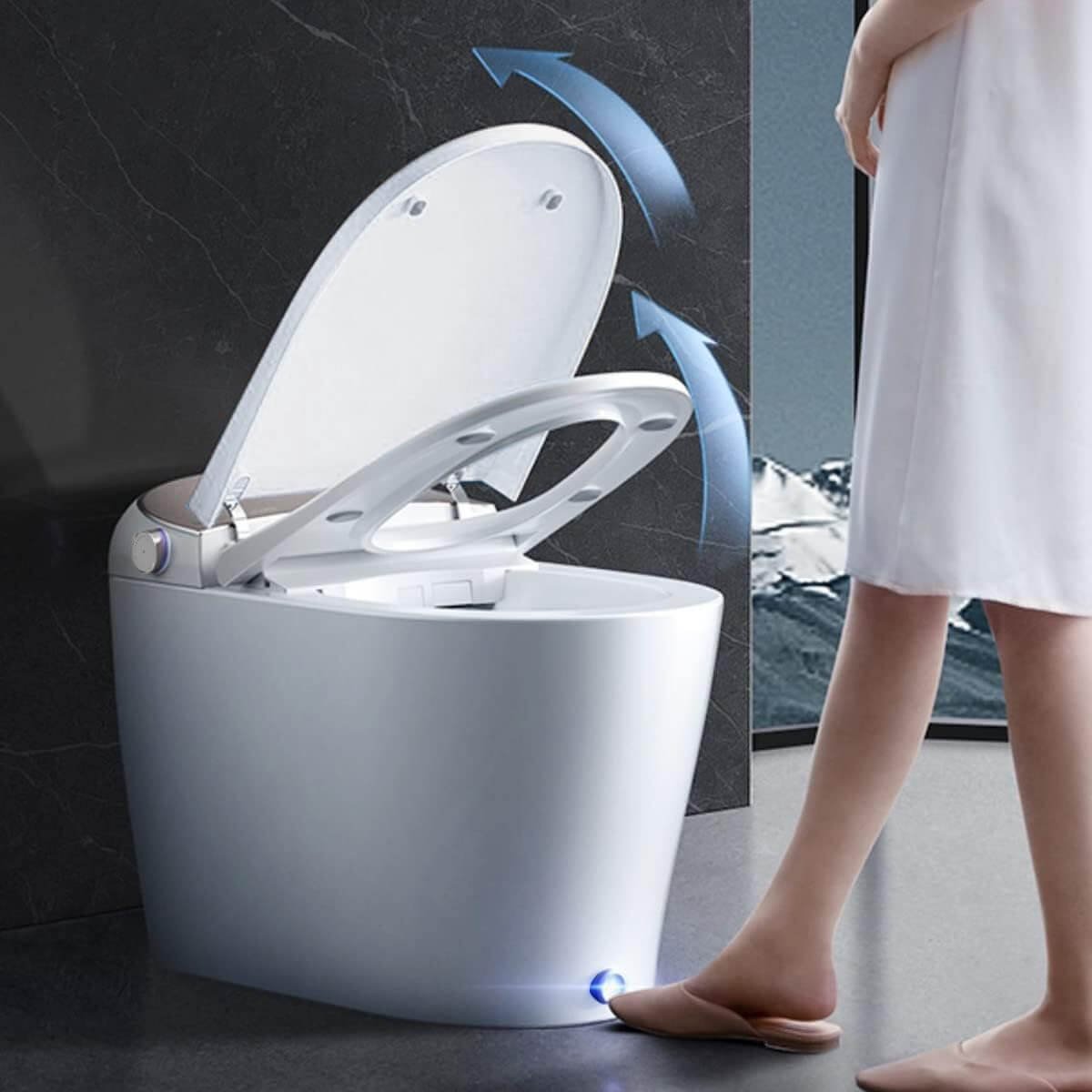
![Dome 2 Air Fryer, Extra Large Airfryer with Superior Airflow, Self-cleaning Smart Digital Fryer with PFAS free Basket for Quick Easy Meals, Up to 32 Chicken Wings Capacity [New Version]](https://zennh.com/wp-content/uploads/2025/08/Dome-2-Air-Fryer.jpg)



